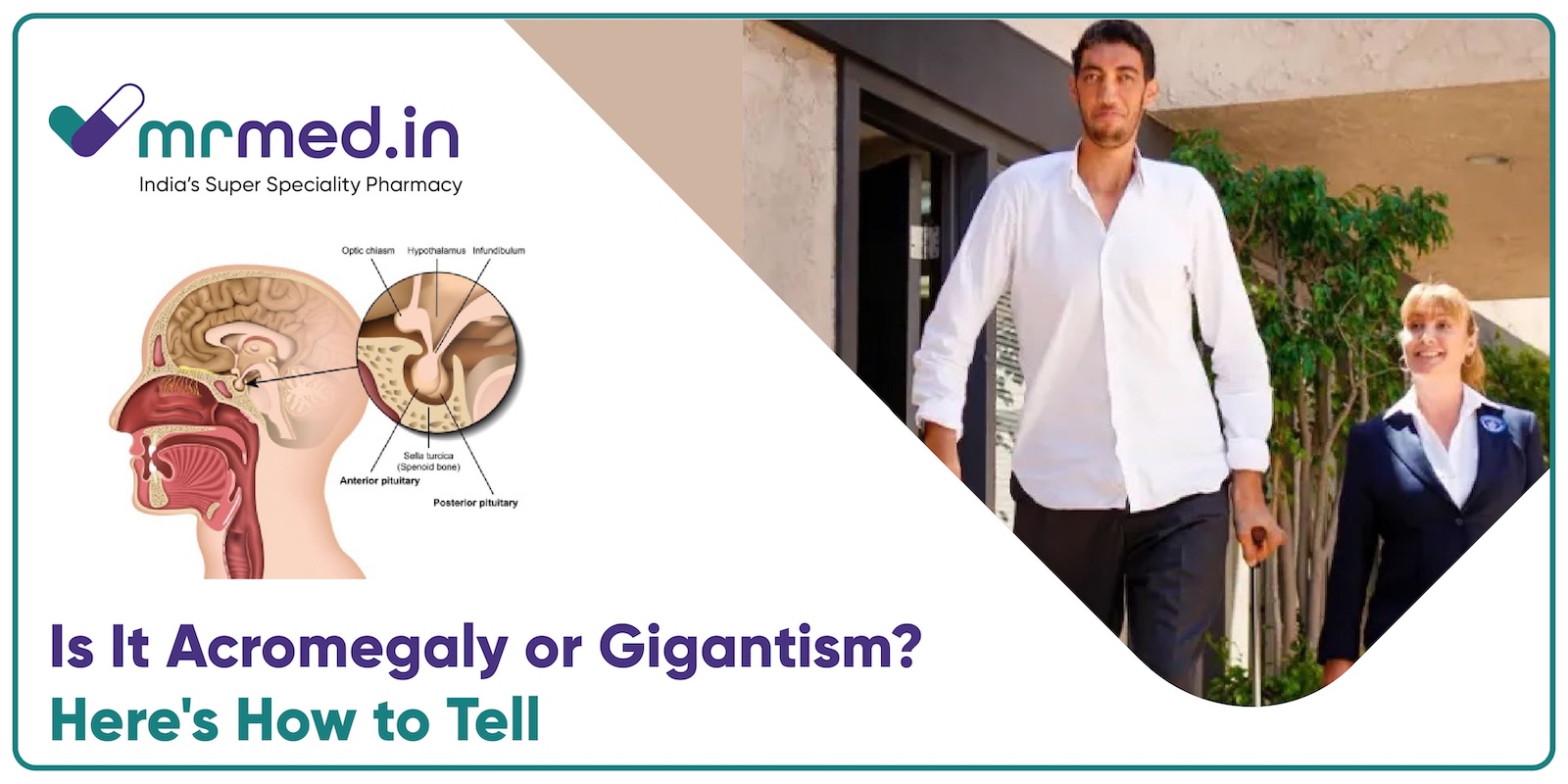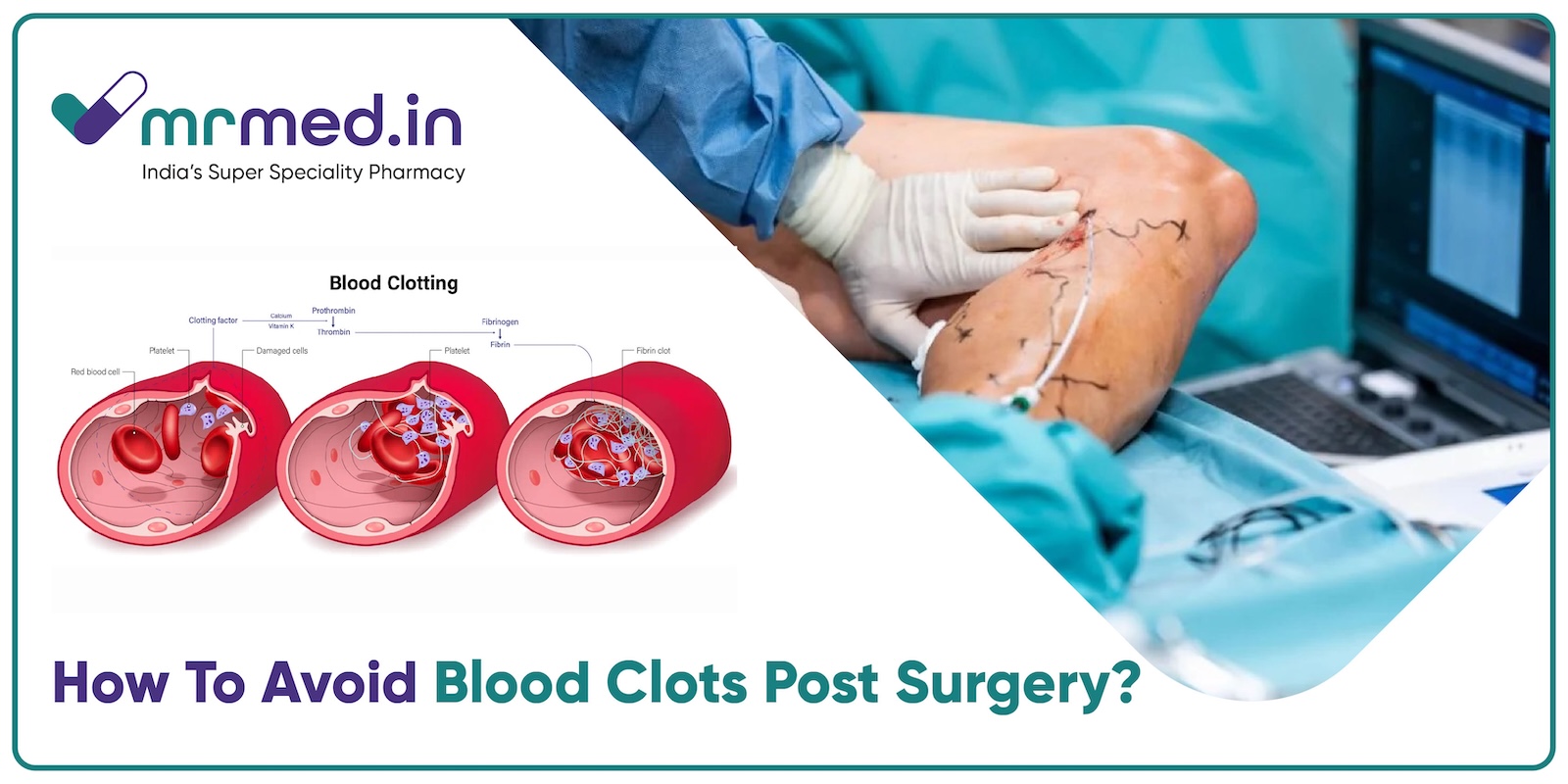Acromegaly vs. Gigantism: What’s the Difference?

Strong 8k brings an ultra-HD IPTV experience to your living room and your pocket.
Acromegaly and gigantism are two growth disorders often confused due to their similar causes, but their effects can be strikingly different. Both result from an overproduction of growth hormone (GH), yet they manifest in unique ways depending on the age of onset and the symptoms that follow. Understanding these differences is key to diagnosing and managing these conditions effectively.
In this article, we’ll explore what sets acromegaly and gigantism apart and the treatment options available to manage these growth disorders.
What are acromegaly and gigantism?
Acromegaly and gigantism are both growth disorders caused by excessive secretion of growth hormone (GH) from the pituitary gland. While they share a common origin, they differ in when they occur and how they affect the body.
Acromegaly:
- Onset: Occurs in adulthood after growth plates close.
- Cause: Typically caused by a benign pituitary tumour (adenoma) that overproduces GH.
- Symptoms: Gradual enlargement of bones and tissues, especially in the hands, feet, and face, with enlarged hands and feet, protruding jaw (prognathism), thickened skin, and changes in facial features. Symptoms develop slowly, often going unnoticed for years.
- Complications: This can lead to serious health issues like cardiovascular disease, diabetes, and joint problems.
Gigantism:
- Onset: Occurs in children or adolescents before the growth plates close.
- Cause: Often caused by a pituitary adenoma leading to excessive GH production.
- Symptoms: Excessive height and overall body size due to abnormal bone and tissue growth, with rapid growth in height and enlargement of hands and feet. It may also cause joint pain, excessive sweating, and delayed puberty in severe cases.
What are the differences between acromegaly and gigantism?
While acromegaly and gigantism share a common underlying cause—excessive growth hormone—the timing of their onset is the primary distinguishing factor. Here’s a closer look at how these two conditions differ:
1. Age of Onset
- Acromegaly: This condition develops in adults after the growth plates have closed. Since it occurs after puberty, it leads to the gradual enlargement of tissues rather than an increase in height.
- Gigantism: Gigantism occurs in children or adolescents before the growth plates are closed. As a result, it causes excessive growth in both the height of the person and other body parts.
2. Symptoms
- Acromegaly: The symptoms of acromegaly develop slowly over time and often go unnoticed in the early stages. Individuals may notice changes in their physical appearance, such as enlarged hands, feet, and facial features. The condition can also lead to various health complications, including high blood pressure, diabetes, and cardiovascular issues.
- Gigantism: In contrast, gigantism results in rapid growth, particularly in height. Children with gigantism often experience abnormal tallness and increased size of their extremities. Unlike acromegaly, gigantism may also cause delayed puberty in some cases.
3. Growth Pattern
- Acromegaly: In acromegaly, growth occurs primarily in soft tissues and bones, particularly in the hands, feet, and face. However, the height does not increase since the bones can no longer grow longer.
- Gigantism: Gigantism causes an increase in both the length of the bones and soft tissues. As a result, children with gigantism experience dramatic increases in their overall size and height.
4. Complications
- Acromegaly: If untreated, acromegaly can lead to serious complications, such as diabetes, sleep apnea, arthritis, and heart disease.
- Gigantism: Gigantism can also result in complications, including joint pain and excessive sweating. If left untreated, it can lead to abnormal growth patterns that may affect the person’s overall health and quality of life.
How do you diagnose gigantism and acromegaly?
The diagnosis of both acromegaly and gigantism typically involves a combination of clinical evaluation, medical imaging, and laboratory tests. A healthcare provider may suspect either condition based on the physical appearance and growth patterns of the individual. The following diagnostic tools are commonly used:
1. Blood Tests: Measurement of growth hormone and insulin-like growth factor 1 (IGF-1) levels in the blood can help confirm the diagnosis. Elevated levels of these markers suggest excess GH production.
2. Magnetic Resonance Imaging (MRI): An MRI scan is used to visualise the pituitary gland and check for the presence of an adenoma or tumour.
3. Oral Glucose Tolerance Test (OGTT): This test measures the body’s response to glucose intake. Normally, GH levels should decrease after glucose consumption. In individuals with acromegaly or gigantism, GH levels remain elevated.
What are the treatments for gigantism and acromegaly?
Treating acromegaly and gigantism typically involves a combination of surgery, medication, and sometimes radiation therapy. The choice of treatment depends on the size of the tumour, the age of the patient, and the severity of the condition.
1. Surgery: The most common treatment for gigantism and acromegaly is the surgical removal of the pituitary adenoma. If successful, this can normalise growth hormone levels and relieve symptoms. However, surgery may not always be possible, depending on the tumour’s location and size.
2. Medication: For individuals who are not suitable candidates for surgery or for those whose symptoms persist after surgery, medications such as Sandostatin octreotide injection containing Octreotide may be used. It is a somatostatin analogue that inhibits the secretion of growth hormone, helping to control the excess hormone production and manage symptoms.
3. Radiation Therapy: Radiation therapy may be recommended in some cases where surgery is not possible or effective. It aims to shrink the tumour and reduce GH secretion over time.
Wrapping up
While both acromegaly and gigantism are caused by excessive growth hormone, the key difference lies in their timing: acromegaly affects adults, leading to changes in soft tissues and facial features, while gigantism occurs in children, resulting in excessive height and body size.
Early diagnosis and treatment are crucial, and medications can help regulate growth hormone levels. Understanding these conditions empowers individuals to seek timely care and manage their health effectively.
Note: IndiBlogHub features both user-submitted and editorial content. We do not verify third-party contributions. Read our Disclaimer and Privacy Policyfor details.





